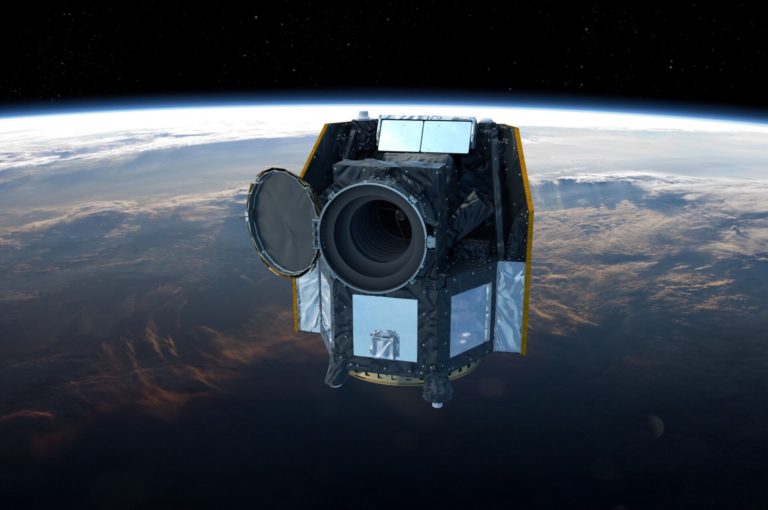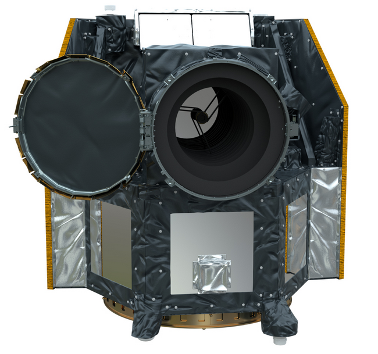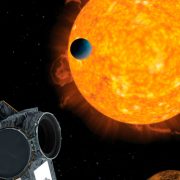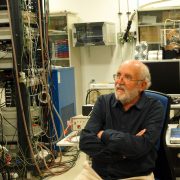Project website: https://cheops.unibe.ch/
Satellite description and first results in orbit: https://ui.adsabs.harvard.edu/abs/2020arXiv200911633B/abstract
CHaracterising ExOPlanet Satellite (CHEOPS). CHEOPS is the European Space Agency’s first Small mission. This type of spacecraft, the most economical in ESA’s scientific programme, aims to speed up the process of designing, building and launching satellites, in this case in collaboration with an international consortium. It has been built by a large European consortium led by Switzerland, in which several Spanish institutes and companies have played an important role. The satellite consists of a platform and a payload. The platform is responsible for pointing the telescope, providing power, and communicating with the ground stations to transmit data in both directions. It has been built in Spain by EADS CASA Espacio based on the SEOSAT platform. The Mission Operation Center (MOC) is located in Spain, at the headquarters of the Instituto Nacional de Técnica Aeroespacial (INTA), while the Operation Center (SOC) is at the University of Geneva. The ground stations are also near Madrid, in Torrejón de Ardoz and Villafranca del Castillo. The mission was successfully launched on 18 December 2019 and is planned to last several years. The scientific goal of the mission, from a general point of view, is to understand how planetary systems form and evolve. To achieve this, the CHEOPS telescope will take high-precision measurements of the brightness of some stars with planets, in particular those undergoing transits.













